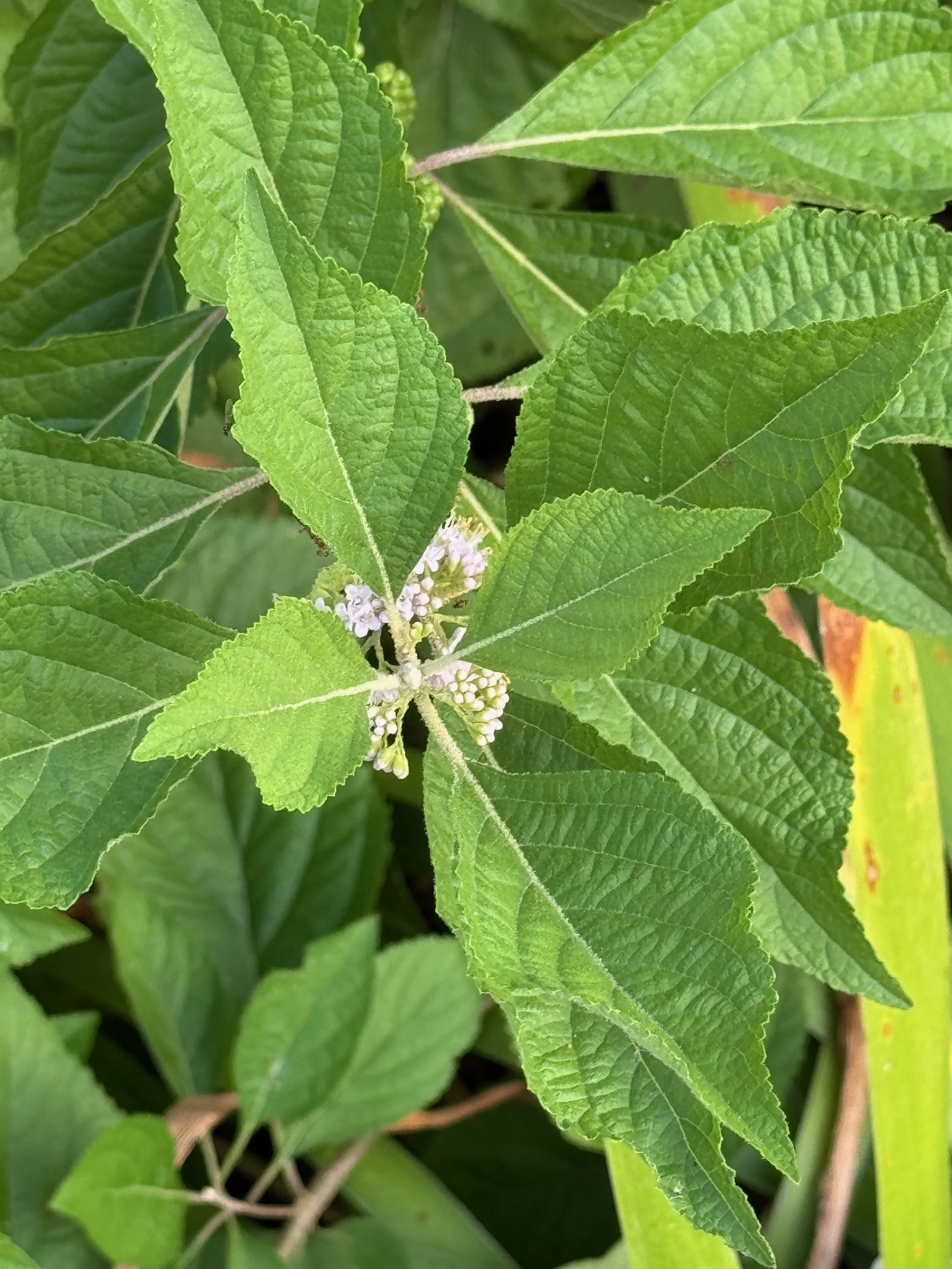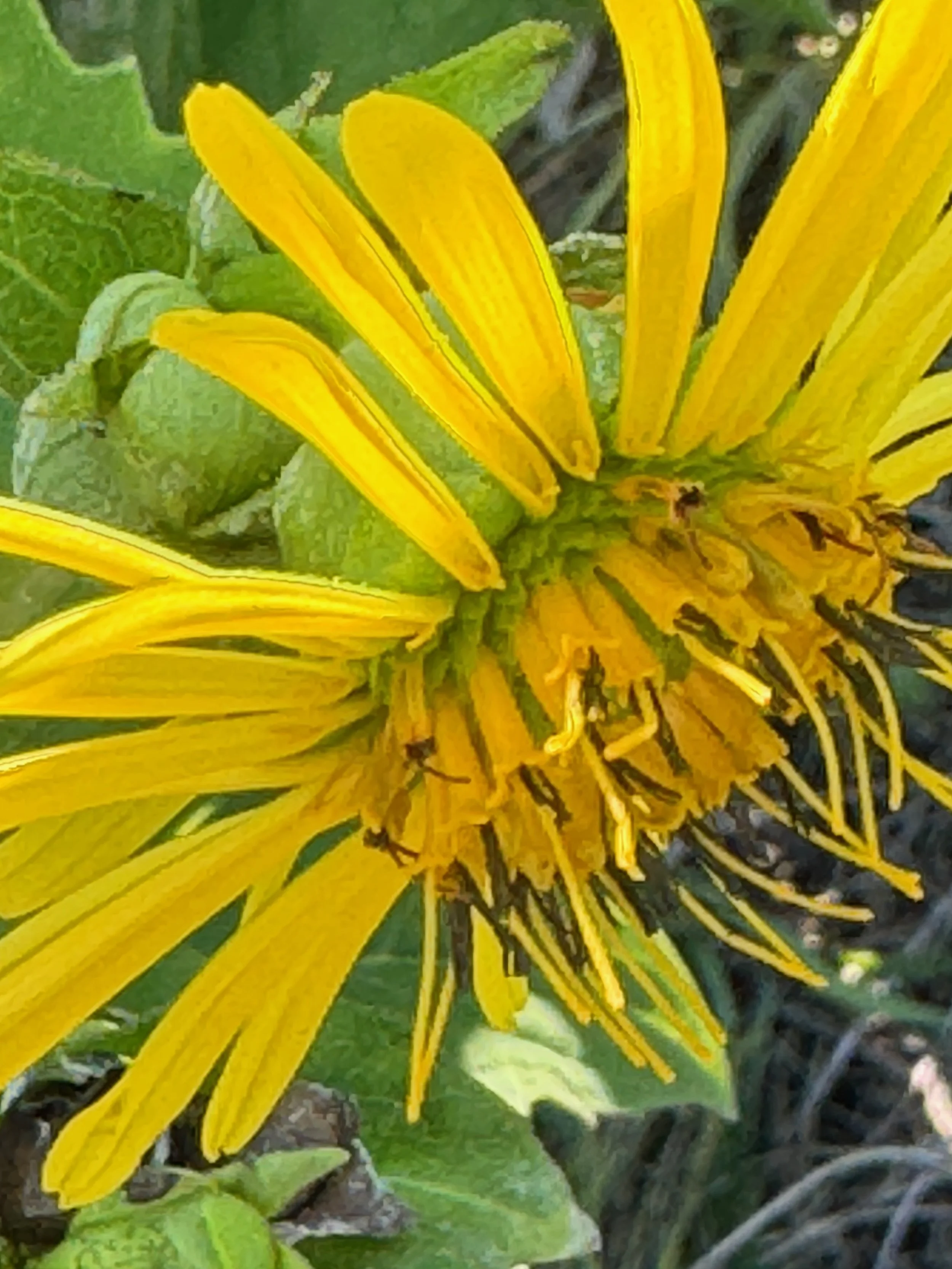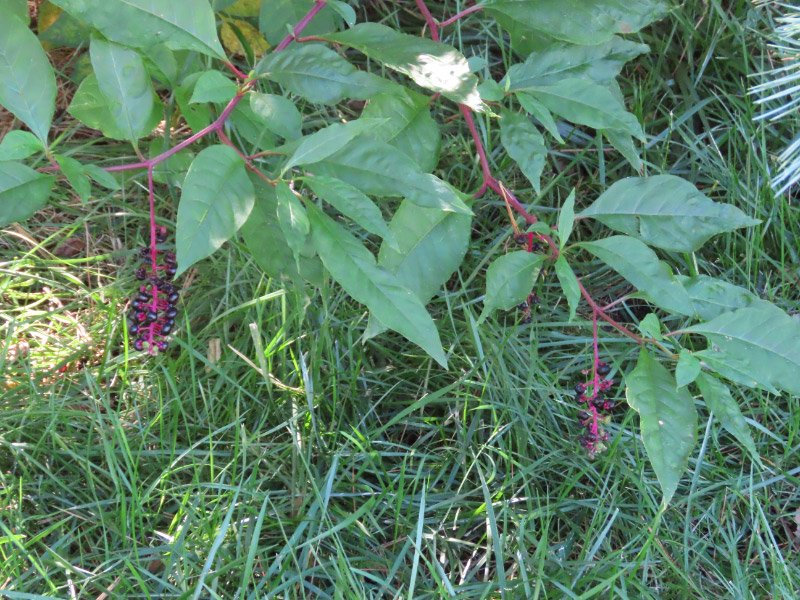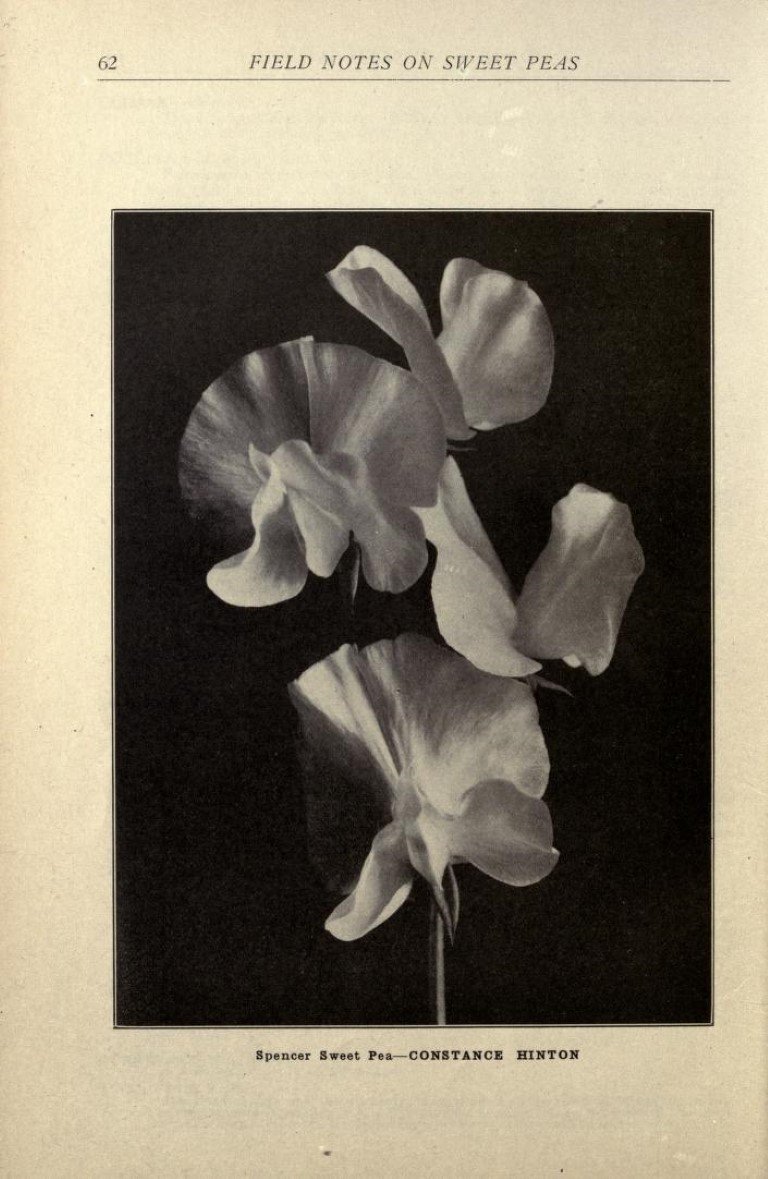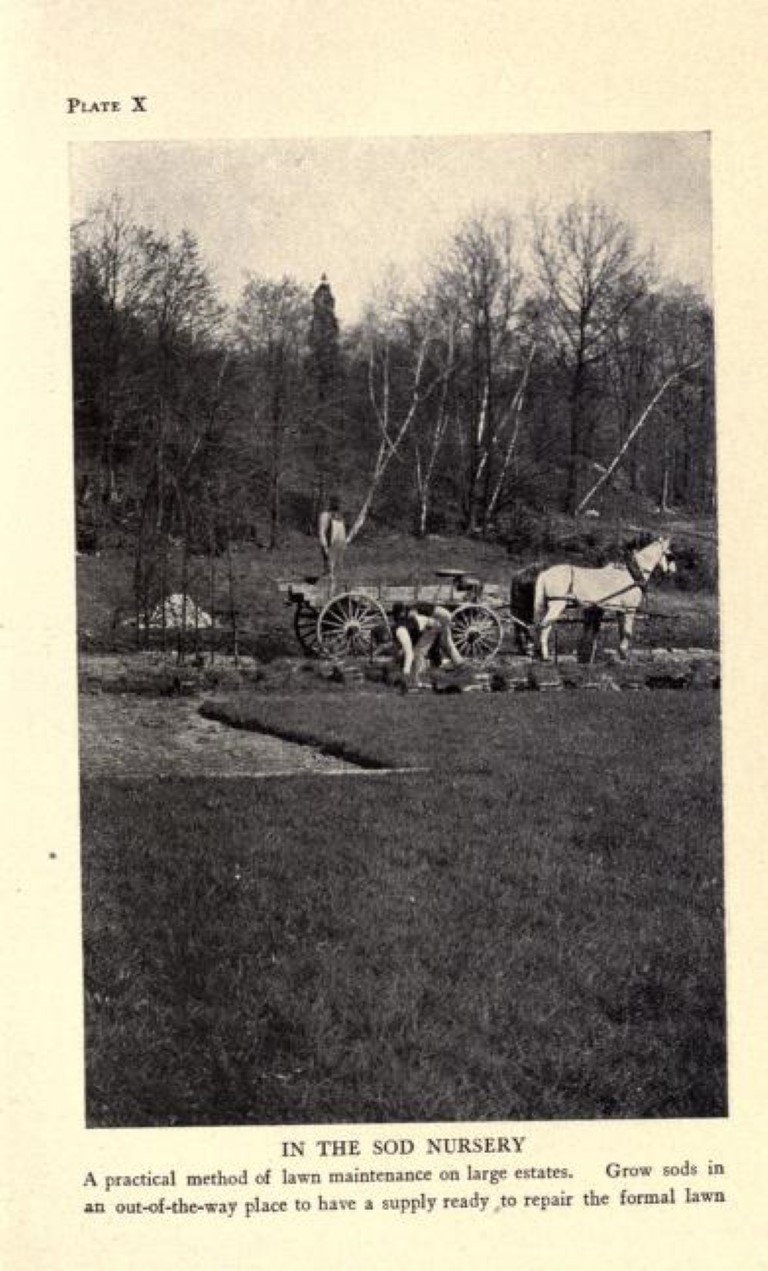Big Landscaping Change – Tweaking the Plan
/The Missouri Master Naturalist chapter meeting this month was about the Lake Springfield Boathouse Garden. As we walked around the boathouse and learned the history (and challenge) of some of the plantings, I realized that I was mentally tweaking the plan for my front yard.
The beautyberry at the Boathouse is thriving and it provides winter food for birds. I have one in my backyard and am going to plant another one in the front yard rather than a wild hydrangea which was not doing well at the Boathouse.
The serviceberry at the Boathouse was about 4 years old and had already lost most of its leaves (i.e. young trees might not have pretty fall color). I am still going to plant one, but I am adding a spicebush to my list to enhance the near-term look of the garden.
The big bluestem clumps looked great in the back of the garden at the Boathouse. They would be great to provide a different color and shape among the other plants in my front yard. The garden is on the south side of the house so the plants will always get some sun for part of the day…so the grass should thrive long term.
The cup plants are insect magnets, but they are too tall for the front garden. I decided to buy some to plant along my back fence (I can put some twine looped to the fence to hold them up).
It could be 4 years before the new plantings are big enough to look like I want – but there should be improvement each year. I might add some nectar plants like coreopsis next spring. To fill in around the young plants
I’m going to trim some of my larger plants before they get buds/are too tall (like gray headed coneflower and pokeweed) to see if I can keep them short enough to use as front yard plants too. I’ll do that experiment in my backyard next spring with the plants already established there.
After this first round of tweaking – the plantings I will buy in early October are:
Roundleaf groundsel or Golden ragwort Packera aurea (3) (change made because of what the native plant vendor offers)
Blue Wild Indigo Baptisia australis (3)
American Beautyberry Callicarpa americana
Big bluestem Andropogon gerardii (2)
Spicebush Lindera benzoin
Serviceberry Amelanchier arboria
Pawpaw Asimina triloba (2- one for the front and one for backyard)
Cup plant Silphium perfoliatum (2 for backyard)
The plan for before winter comes is:
Order more wood chips/mulch and complete making the new bed (lots of work)
Place order for plants to be picked up the first week in October
Make 811 request (need to do before digging)
Plant (lots of work…but maybe not as much as making the new bed)
And, of course, continued pulling of weeds as they come up in my new landscaping area!
I am making a diagram to guide my planting…and will in include it in my next progress report.
Previous posts about Big Landscaping Change

